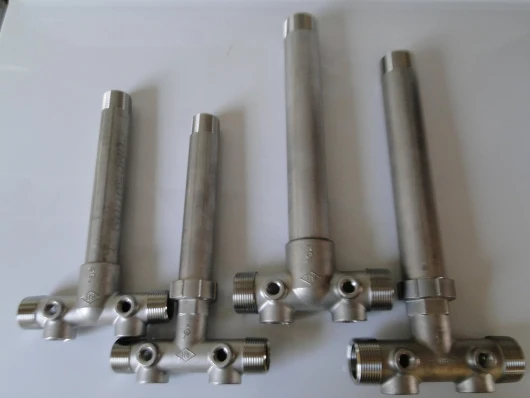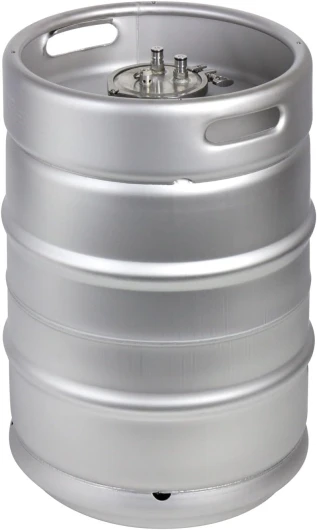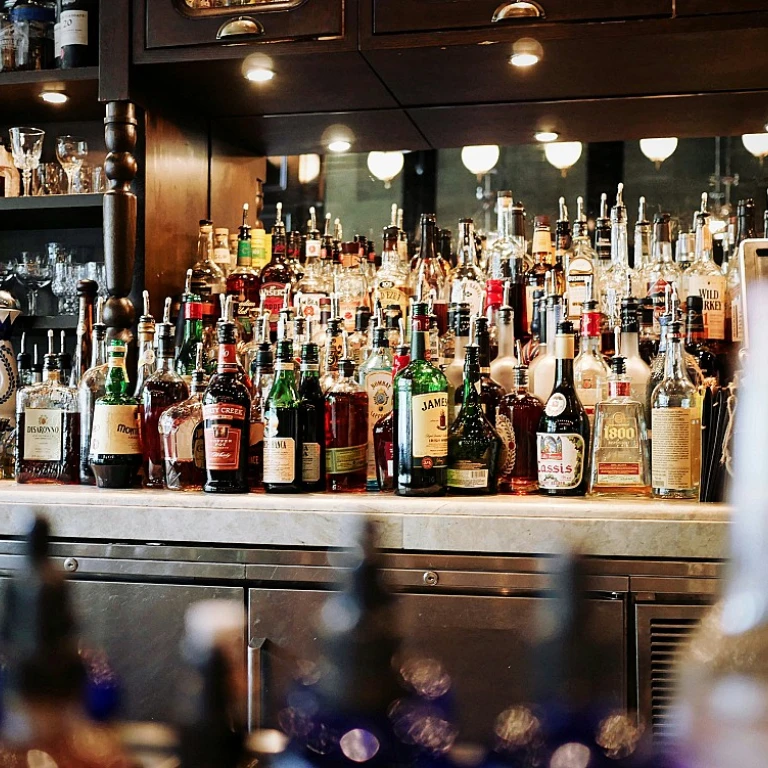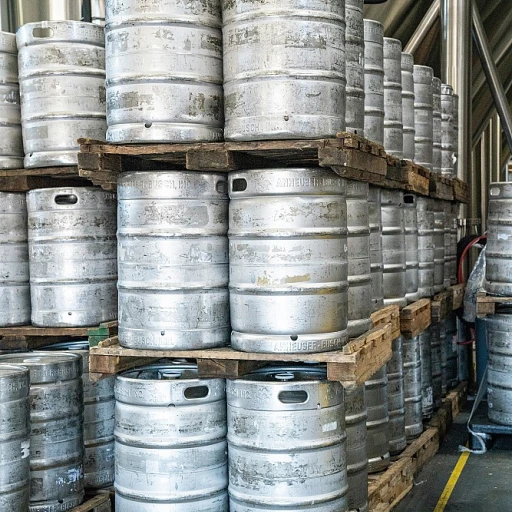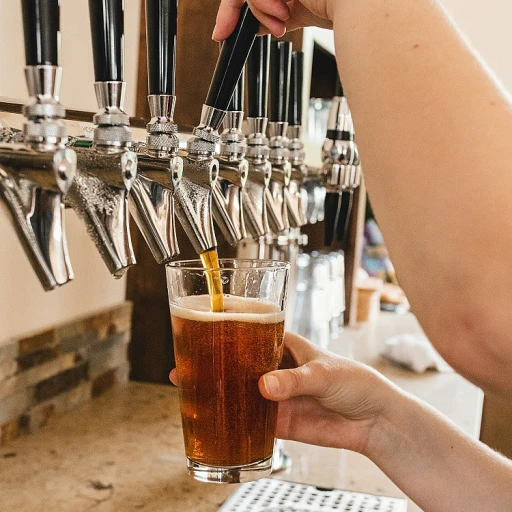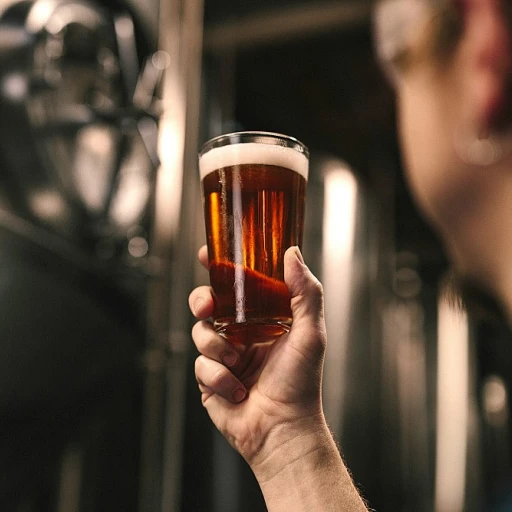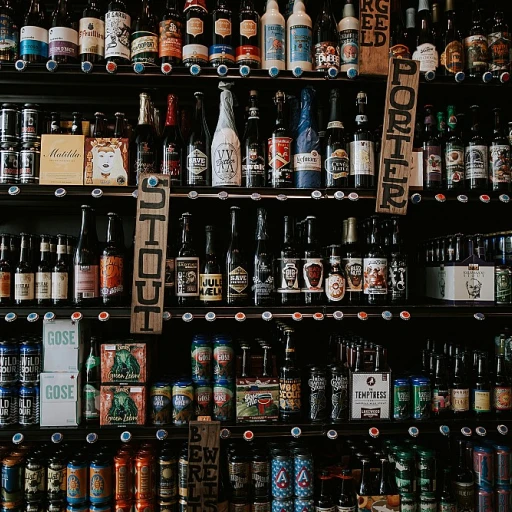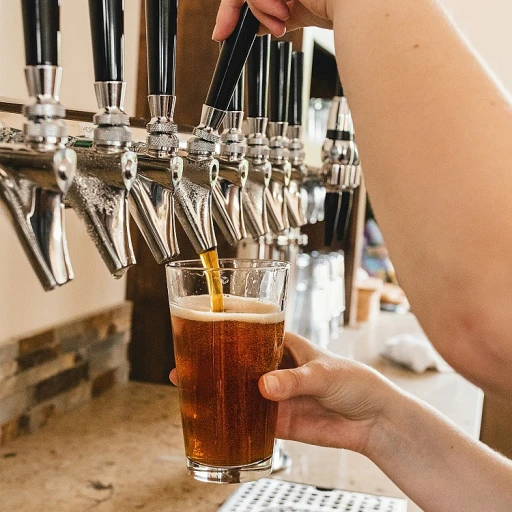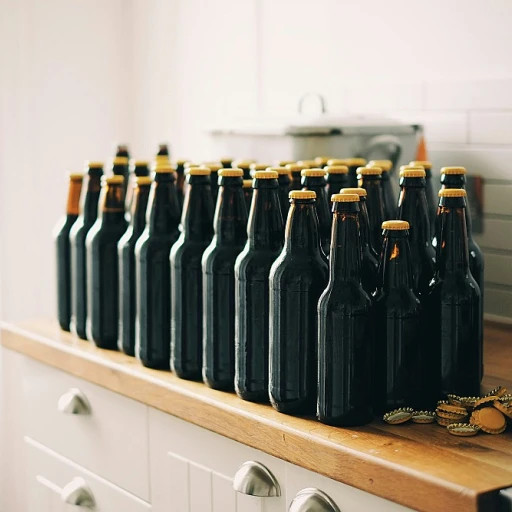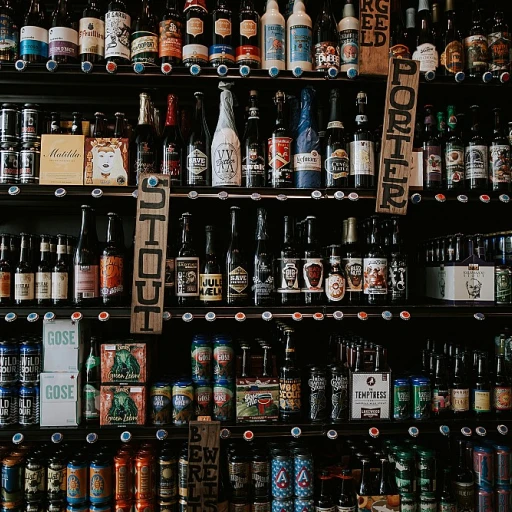
What is a Brite Tank?
{The Definition and Purpose of a Brite Tank
In the diverse world of brewing, the equipment used behind the scenes plays a crucial role in determining the flavor, clarity, and overall quality of your favorite beer. One such vital piece of equipment is the brite tank. So, what exactly is a brite tank, and why is it important?
A brite tank, also known as a bright beer tank or serving tank, is a specialized vessel used in the final stages of beer production. Its primary purpose is to hold the beer after it has been fermented, allowing it to mature, clarify, and carbonate before it is packaged. They are an essential component in achieving the desired clarity and carbonation level in the finished product, setting the stage for the beer's journey from the brewery to your glass.
Brite tanks are equipped with features that enhance the brewing process and ensure the beer's optimal condition. These vessels are designed to withstand pressure, which is crucial during the carbonation process. Moreover, they are typically constructed from stainless steel to maintain the beer's purity and prevent flavor alterations.
If you're curious about the intricate dance between fermentation and the final serving stage, or how brite tanks fit into the broader context of beer storage and serving possibilities, you might want to explore the fascinating world of beer barrels, which sheds light on the various containers used in the brewing industry.
}The Anatomy of a Brite Tank
An Inside Look at Brite Tank Components
A brewers' companion in perfecting their craft, the brite tank is more than just a shiny piece of equipment. To understand its influence on the brewing process, it's essential to break down its anatomy. This section of the guide will explore the individual components that come together to make a brite tank a vital part of any brewing operation.
Key Features of a Brite Tank
A brite tank's primary function is to carbonate and clarify beer, as well as to store it before packaging. For these purposes, it has a few notable features:
- Pressure-rated Body: These tanks withstand the pressure required for carbonating beer efficiently.
- Cooling Jackets: A cooling jacket, often found around the tank's body, ensures the beer reaches and maintains the right temperature, a crucial step following fermentation.
- Clean-in-Place (CIP) System: Sanitation is key in brewing, and a brite tank's CIP system allows for thorough internal cleaning without dismantling the tank.
- Sampling Port: Every batch of beer requires consistent checking, and this feature provides easy access for tasting and analyzing the brew.
- Low Point Drain: This helps remove sediments, making it easier to transfer the clarified beer.
Understanding Material Composition
Brite tanks often employ stainless steel due to its durability and resistance to corrosion. This material choice not only ensures longevity but also maintains the beer's flavor profile by preventing unexpected reactions that could occur with other materials. This aspect also guarantees that the beer stored inside maintains its freshness as intended.
In the wider brewing process, these characteristics make brite tanks indispensable. With a solid understanding of brite tank anatomy, you're better prepared to stage your brewing workflow effectively, leading to consistently high-quality results.
Brite Tanks in Action: Brewing Process
Integrating the brite tank into your brewing process
Once fermentation has completed, the next crucial step is transferring the beer to a brite tank for conditioning, carbonation, and maturation. This process is essential for transforming freshly fermented beer into a finished product ready for packaging and consumption.
Brite tanks offer several advantages in the brewing process:
- Clarification and stabilization: The design of brite tanks allows for the efficient separation of yeast and other sediments from the beer, resulting in a clearer final product.
- Carbonation capabilities: Equipped with carbonation stones and internal systems, brite tanks offer brewers the ability to control and adjust the carbonation levels of their beer precisely, enhancing both the taste and mouthfeel.
- Quality control: Since brite tanks are the final stop before packaging, they play a critical role in the overall quality control process. This ensures that the beer’s flavor profile, color, and mouthfeel meet the brewer’s standards before they are sealed within kegs or bottles.
Additionally, the brite tank serves as a holding vessel where beer is kept under low pressure and at a consistent temperature. This stability contributes to a longer shelf life and improved taste quality when eventually served from a kegerator kit or poured into bottles and cans for distribution.
Choosing the Right Brite Tank for Your Brewery
Finding the Perfect Fit for Your Brewery
When it comes to investing in a brite tank, finding the right match for your brewery is essential. The ideal tank can enhance your brewing process, improve efficiency, and boost the quality of your beer. Here's how you can navigate the choices to find what suits your needs best.
- Capacity: Determine the volume of beer you plan to produce. Aligning the brite tank's capacity with your production goals is crucial. Consider both current production levels and future expansion plans to provide room for growth.
- Space and Layout: Evaluate the available space in your brewery. Make sure the tank can fit comfortably without disrupting other operations. Additionally, consider the needs of the tank in terms of connectivity to other equipment.
- Features: As you learned in the anatomy of a brite tank, some come with additional features such as advanced temperature controls or carbonation systems. Assess which features align with your brewing style and process.
- Material and Construction: The quality of materials matters. Stainless steel is a popular choice for its durability and ability to maintain beer purity. Make sure the construction is robust to withstand long-term use.
- Budget: While it's essential to consider costs, it should not compromise quality. Opt for a tank that offers the best value rather than the lowest price, keeping long-term benefits in mind.
Before making your final decision, consult with manufacturers or industry experts to gather insights and recommendations. As noted earlier, each aspect of the process, from clarity to carbonation, depends on the tank you choose. Therefore, thorough research and careful consideration can have a substantial impact on your brewery's success.
Requesting a Quote for Brite Tanks
Steps to Secure a Brite Tank Quote
Embarking on the journey of acquiring a brite tank is an exciting step for any brewery. Here’s a step-by-step guide to help you navigate the process of requesting a quote efficiently.- Identify Your Requirements: Reflect on the specifics you need from a brite tank. This involves considering the size of your brewery, production capacity, and the role it plays in your brewing process, as discussed earlier about the anatomy and active role of brite tanks.
- Research and Compare Vendors: Employ your knowledge of the industry to shortlist reputable suppliers who can deliver what you need. Look for feedback and testimonials from other breweries to ensure reliability and quality.
- Detail Your Specifications: When reaching out for a quote, provide detailed information. This includes the tank size, configuration, material preferences, and any additional features such as carbonation stones or sight glasses. Clear communication helps vendors provide accurate pricing.
- Discuss Installation and Maintenance: Some vendors offer installation and maintenance services. Ask about these during your inquiries to understand the total package and influence your decision based on what's vital for your operation. Knowing how your tank fits into your brewing process from start to finish can help highlight your installation needs.
- Compare Quotes and Analyze Offers: Once you gather quotes, compare them not just based on price but also considering delivery timelines, warranties, and support services. Opting for quality over the lowest price could save you more in the long run.
- Finalize Your Supplier: Select a vendor who meets your criteria and offers the best combination of cost and benefits for your brewery. Agreements should be formalized with clear terms of purchase and delivery expectations.



